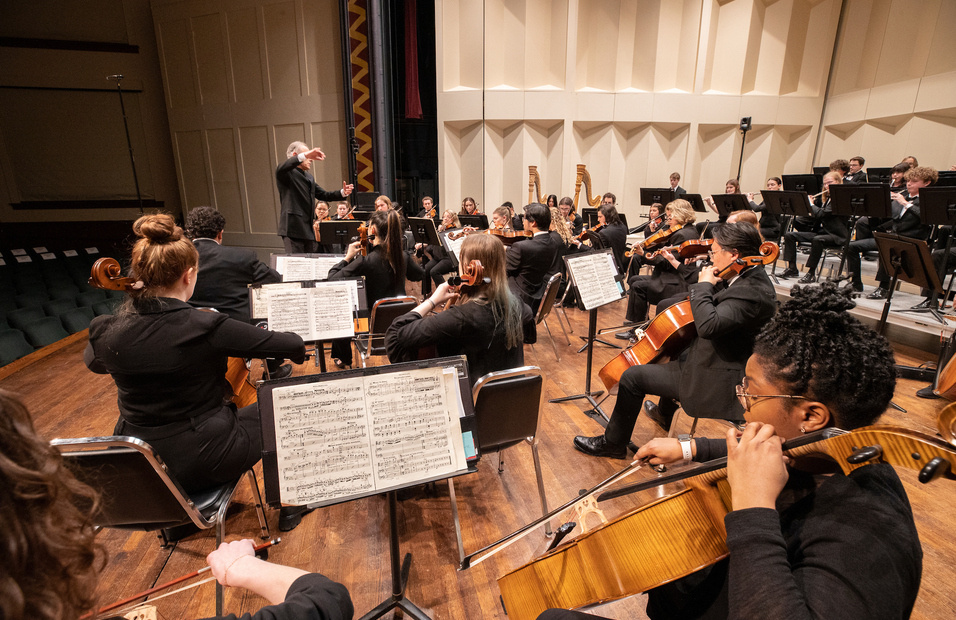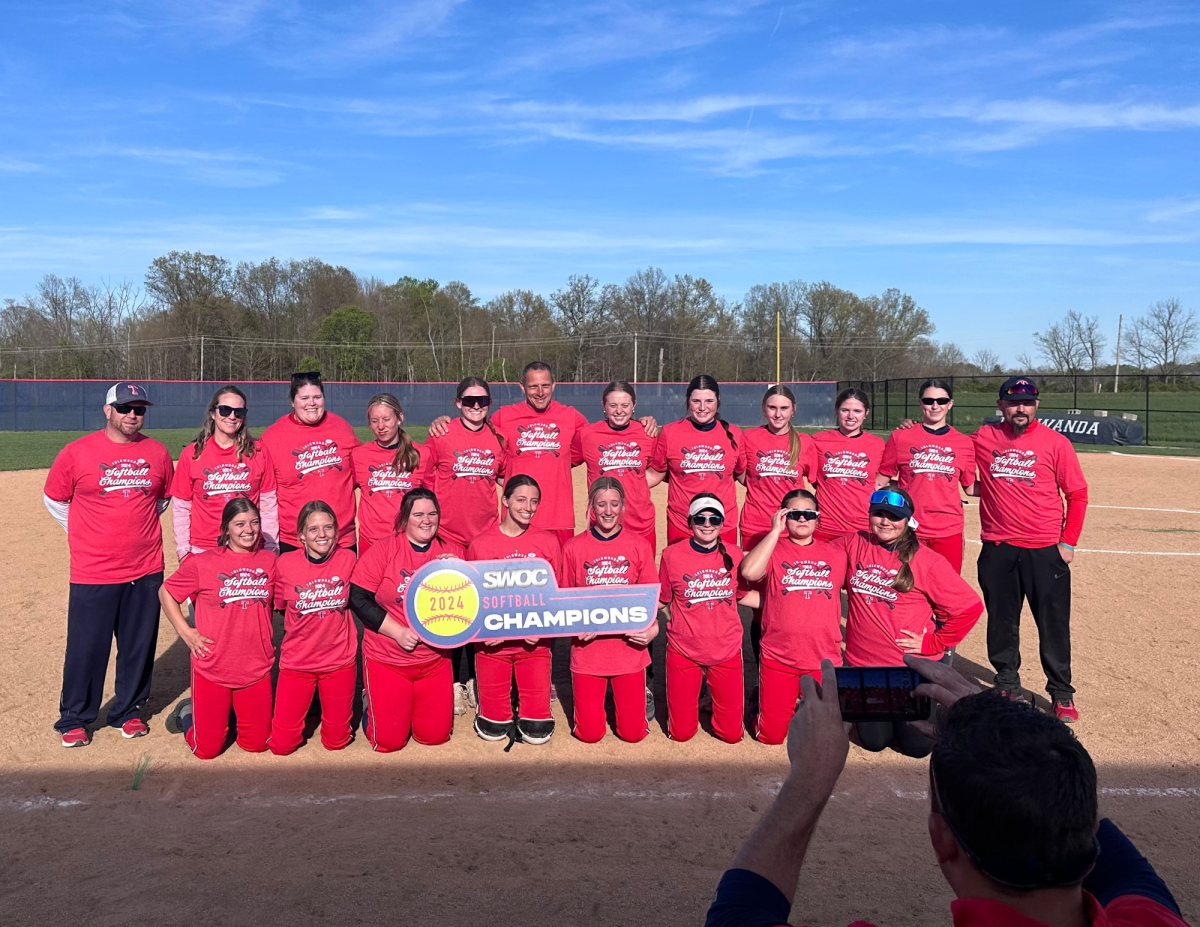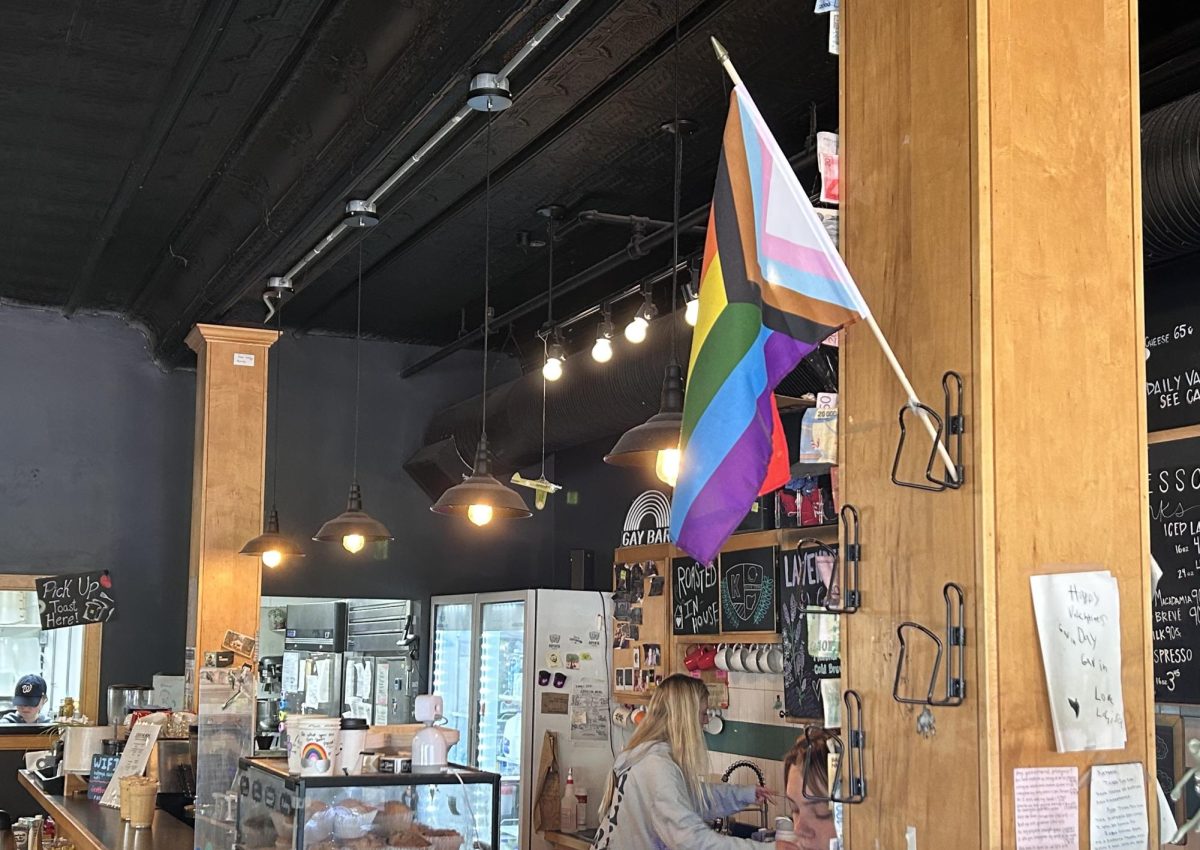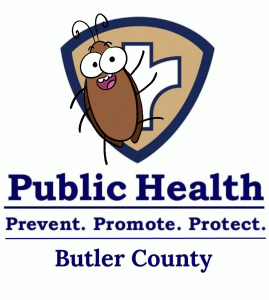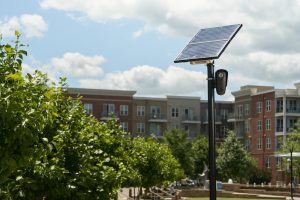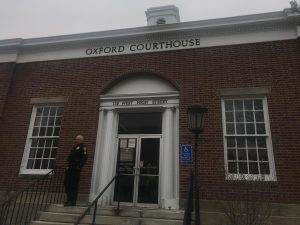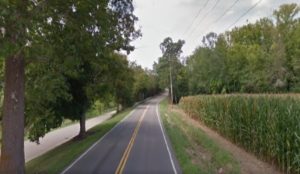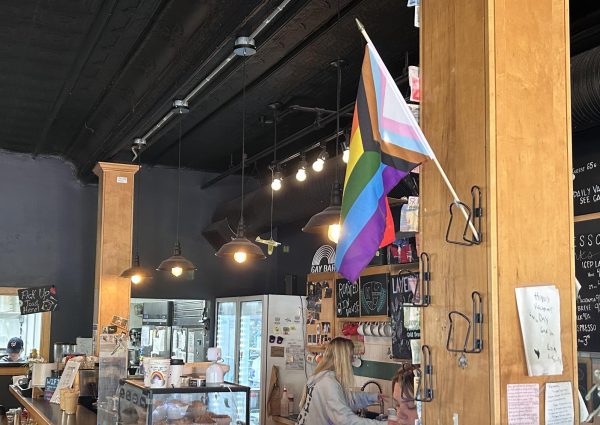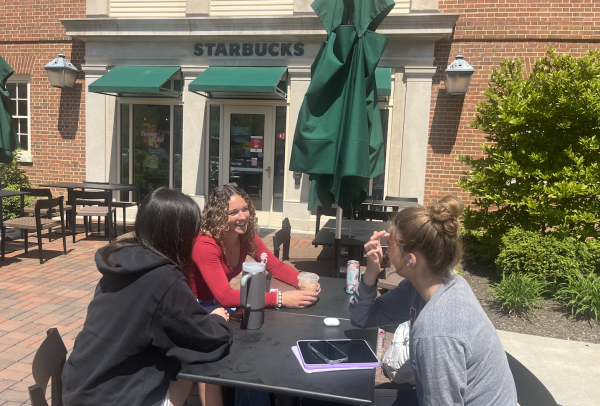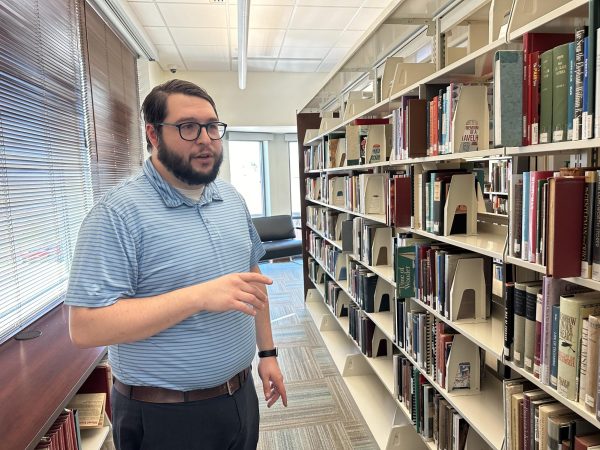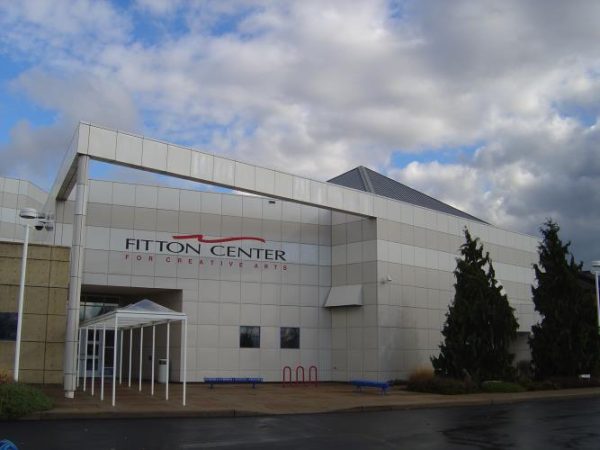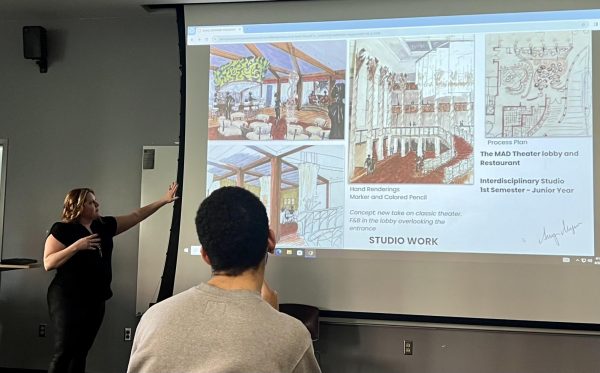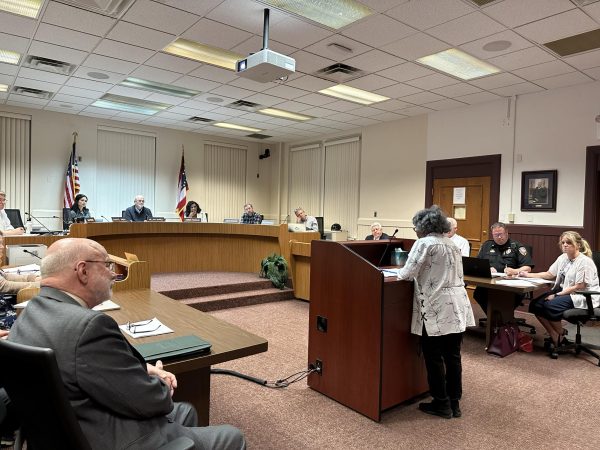Officials promise prairie grass in parks will look good and save money
Photos obtained from Oxford City Council agenda for Feb. 7.
On the lower left of this photo of the Oxford Community Park is an example of the kind of prairie grass that officials imagine.
February 23, 2023
Oxford’s public parks are set to receive upgrades in the coming years under a new naturalization master plan that seeks to reduce mowing, expand forest cover, install new grasses, and add more gardens.
The plan’s main goals are to increase the biodiversity and reduce the maintenance costs of local parks, the largest of which is Oxford Community Park. Nineteen different sites in the park are listed as targets for improvement.
The plan defines naturalization as transforming an existing landscape into a habitat for native plants and wildlife, mimicking natural landscapes such as forests, wetlands, or meadows. As a result, city parks will look “greener” and better represent the surrounding environment.
City council and Miami University’s geography department collaborated on creating the plan and getting it approved, a process which took close to a year to complete. City Councilor and Miami Professor David Prytherch worked on both sides of the project.
“The city had a need, and my students filled in,” he said.
Prytherch’s capstone geography class was responsible for devising the plan last spring semester as their key project. This is the first time one of Prytherch’s classes has had a project officially approved by Oxford City Council.
One of the students in the class, Noah Chapin, said he was pleased with the news of the plan’s approval.
“I hope everyone can be excited about the carbon emissions we’re saving, and also the time and money that won’t go into mowing mostly underutilized land,” he said.
One of the plan’s proposed changes entails replacing the current turfgrasses with prairie grasses that do not require as much mowing, something that Mike Dreisbach, the city’s service director said will reduce maintenance costs.
“This will save money and it’s more aesthetically pleasing to look at,” he said.
Dreisbach also said taller grasses and increased tree cover provide an opportunity to combat climate change, as these natural features increase the amount of carbon that can be trapped in soil instead of released into the air.
However, Dreisbach said “we don’t have a budget to go out and do this right now.”
Instead, the plan will be consulted the next time the service department undertakes a capital project with city funding. This will continue to take place over the next several years, as the department typically takes on one capital project per year.
In the meantime, the city has been testing “pilot projects” at Oxford Community Park since the fall, including the addition of a traffic island containing a pollinator garden.
“It’s been well-received,” Dreisbach said. “Oxford residents are progressive with their amount of knowledge on the environment.”
Prytherch said that the park staff were the most important stakeholders on the issue and had the most reservations on it, as short-term maintenance spending would increase. However, he said he believes that the long-term benefits will be worth it.
“Change is hard. Naturalization is a sometimes messy process. It’s a challenge, but our parks will be better for it.”








